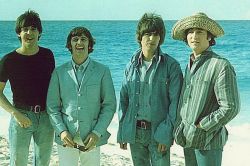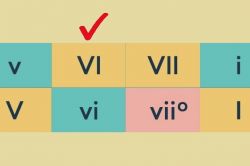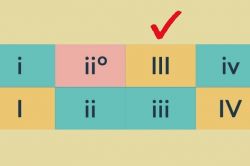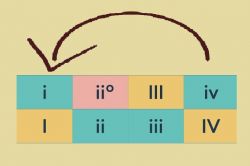Dorian Mode
One of the three minor diatonic modes, the Dorian mode is often referred to as modal due to its limited usage compared to the Aeolian minor mode.
The major reason for the infrequent appearance of Dorian chord progressions in pop songs lies in the inferiority of the subdominant harmonic function. Its main subdominant triad, rooted in the fourth degree of the Dorian scale, is a major chord, which makes it not quite suitable for performing cadences that conclude a musical section. Appearing in such cadences, the major subdominant triad introduces a strong major mood that is not always suitable for completing minor-mode progressions.
Another significant limitation of the Dorian diatonic scale is associated with the diminished submediant chord rooted in the sixth degree. The deceptive cadence involves a submediant triad and thus cannot be performed in the Dorian mode.
A detailed analysis of Dorian mode and examples of its application in songwriting are explained in this article.
The selected articles cover popular songs composed using Dorian mode as well as harmonic analysis of their chord progressions. The list also includes articles on musical theory related to the Dorian minor scale.

















